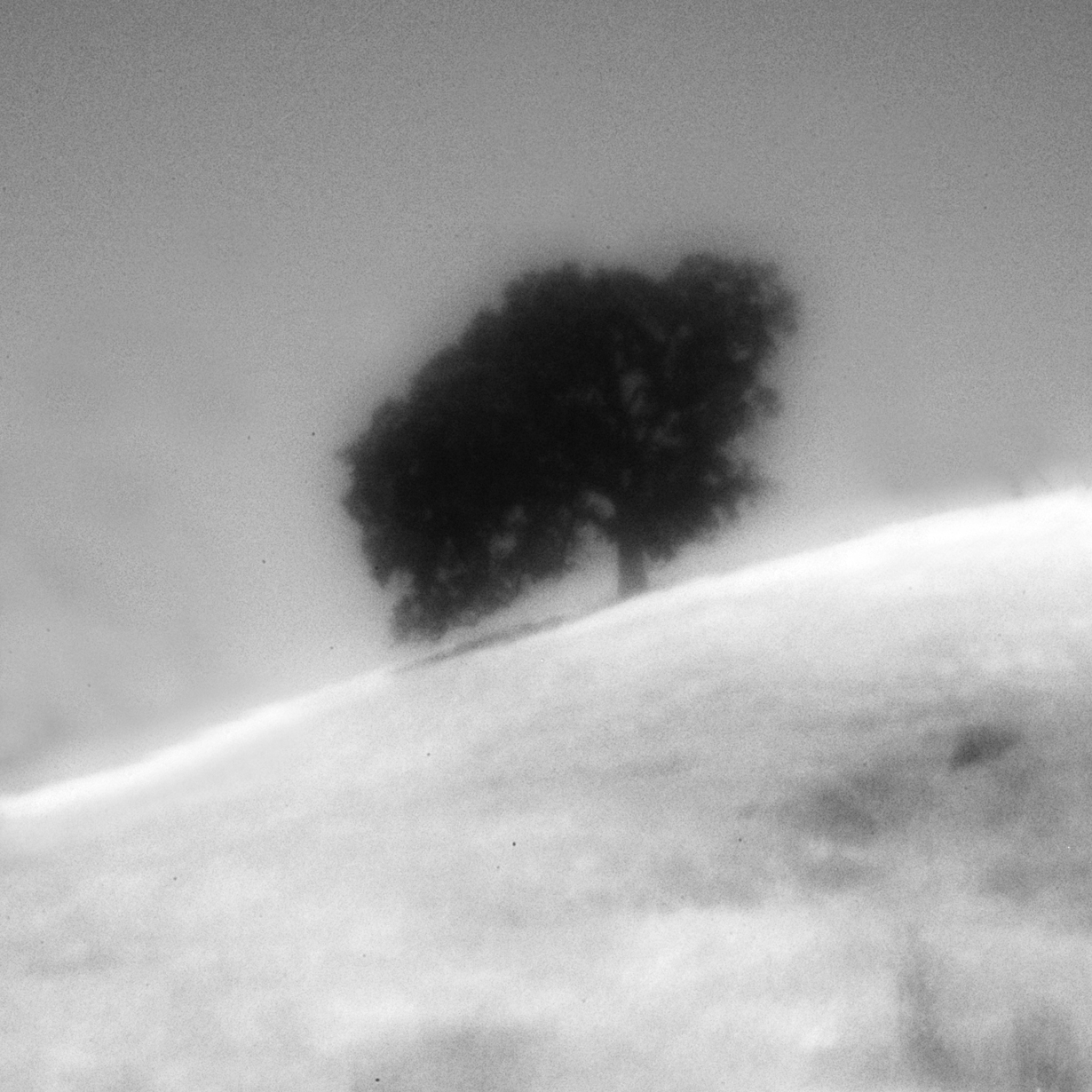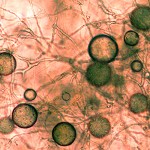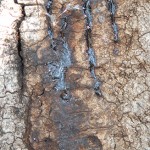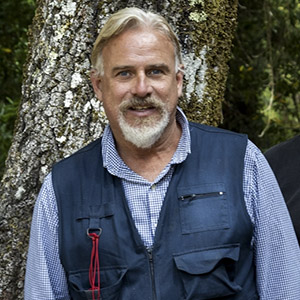There are a number of common oak species in California including both tree species and shrub species.
Trees species:
 Black Oak (Quercus kelloggii) Found in hilly regions between 2,000 and 6,000 feet. Typically associated with conifers and pines, firs, or incense cedars.
Black Oak (Quercus kelloggii) Found in hilly regions between 2,000 and 6,000 feet. Typically associated with conifers and pines, firs, or incense cedars.
 Blue Oak (Quercus douglasii) Found in the hot, dry interior foothills. Generally found below 3,500′.
Blue Oak (Quercus douglasii) Found in the hot, dry interior foothills. Generally found below 3,500′.
 Canyon Live Oak (Quercus chrysolepis) Evergreen oak found in foothills, steep canyons, and on slopes to 9,000′.
Canyon Live Oak (Quercus chrysolepis) Evergreen oak found in foothills, steep canyons, and on slopes to 9,000′.
 Coast Live Oak (Quercus agrifolia) Evergreen oaks found in coastal fog zones and in grassland savannas.
Coast Live Oak (Quercus agrifolia) Evergreen oaks found in coastal fog zones and in grassland savannas.
 Engleman or Mesa Oak (Quercus engelmannii) Rare species found in scattered groups along the western edge of California deserts.
Engleman or Mesa Oak (Quercus engelmannii) Rare species found in scattered groups along the western edge of California deserts.
 Interior Live Oak (Quercus wislizenii) Evergreen species usually found on uploand slopes below 5,000 feet , in low foothills and in hot dry canyons.
Interior Live Oak (Quercus wislizenii) Evergreen species usually found on uploand slopes below 5,000 feet , in low foothills and in hot dry canyons.
 Island Oak (Quercus tomentella) Found on the Channel Islands off the coast. Typically in foggy areas often on north or north west facing slopes.
Island Oak (Quercus tomentella) Found on the Channel Islands off the coast. Typically in foggy areas often on north or north west facing slopes.
 Oregon Oak (Quercus garryana) Found away from coastal fog on slopes and open valleys, usually between 1,000 and 5,000 feet
Oregon Oak (Quercus garryana) Found away from coastal fog on slopes and open valleys, usually between 1,000 and 5,000 feet
 Shreve’s Oak (Quercus parvula var. shrevei) Similar in appearance, often found growing adjacent to, and may produce hybrids with Coast Live Oak.
Shreve’s Oak (Quercus parvula var. shrevei) Similar in appearance, often found growing adjacent to, and may produce hybrids with Coast Live Oak.
Valley Oak (Quercus lobata) A deciduous tree species that can grow very large. Found typically inland from the coastal fog region, usually below 2,000 feet.
Link to common shrub species.
Illustrations by Michael Lee – Purchase his beautiful poster of the Native Oaks of California





















 SOD is an exotic disease caused by the microscopic pathogen Phytophthora ramorum, estimated to have been introduced into California 20-25 years ago from unknown region of the world.
SOD is an exotic disease caused by the microscopic pathogen Phytophthora ramorum, estimated to have been introduced into California 20-25 years ago from unknown region of the world. and a foliar infection. Tanoaks are the only tree species that can spread the the disease and die from it as well. When P. ramorum infects oaks and tanoaks it destroys the cambium under the bark and effectively girdles the tree. Girdled trees are doomed, but can survive for 1 to 5+ years thanks to stored resources and their natural tolerance to drought.
and a foliar infection. Tanoaks are the only tree species that can spread the the disease and die from it as well. When P. ramorum infects oaks and tanoaks it destroys the cambium under the bark and effectively girdles the tree. Girdled trees are doomed, but can survive for 1 to 5+ years thanks to stored resources and their natural tolerance to drought. percipitation.
percipitation.








